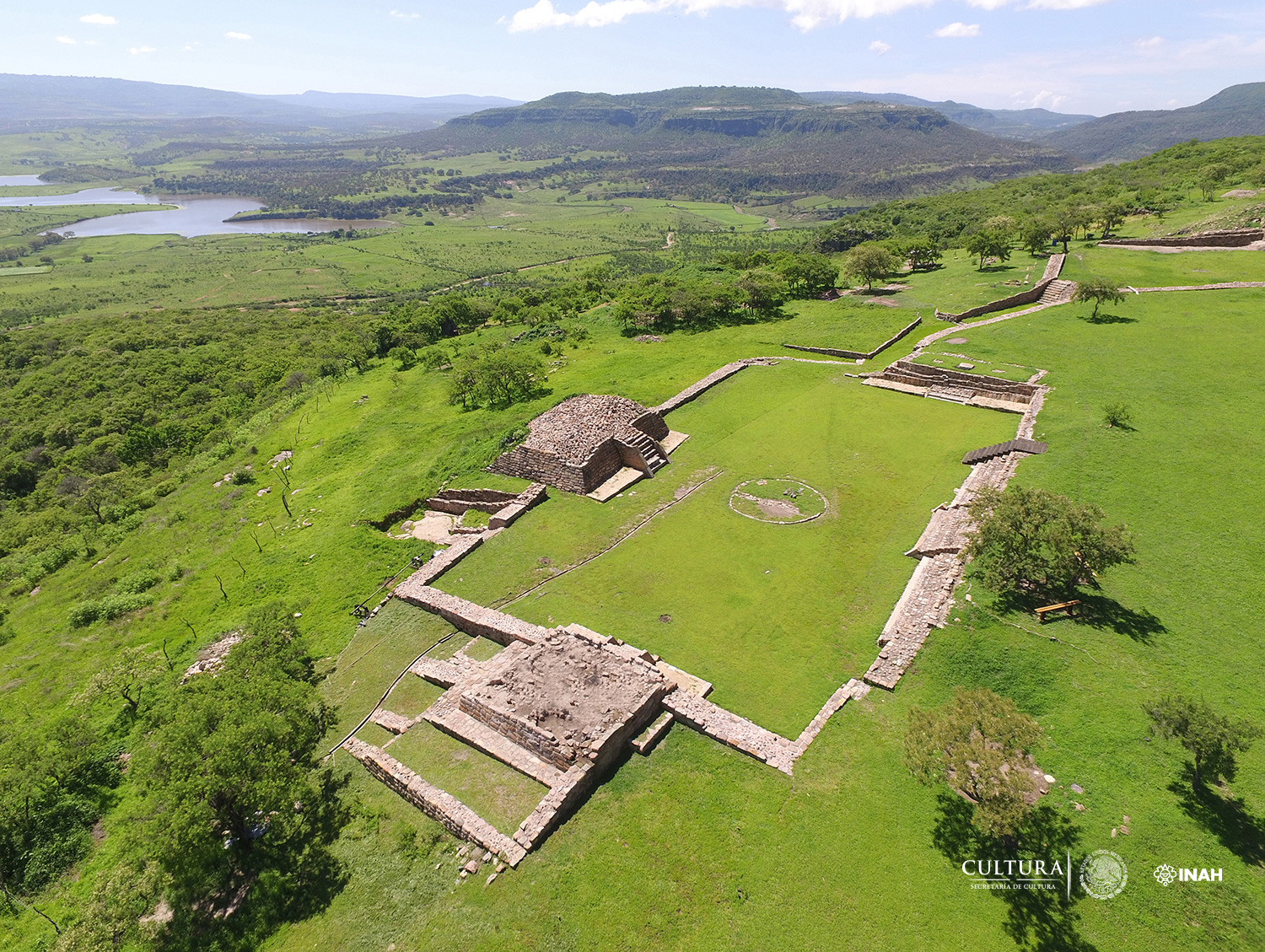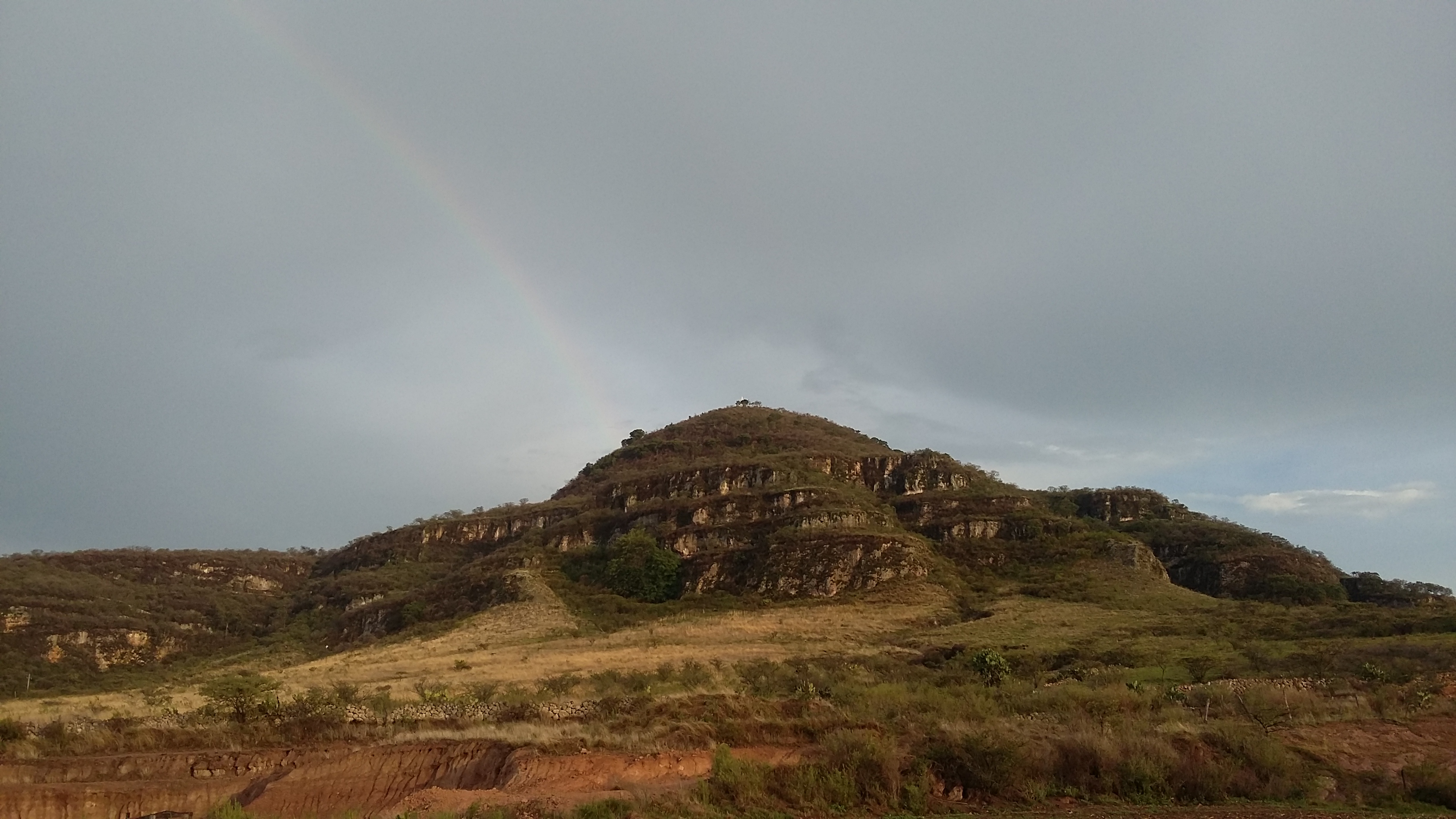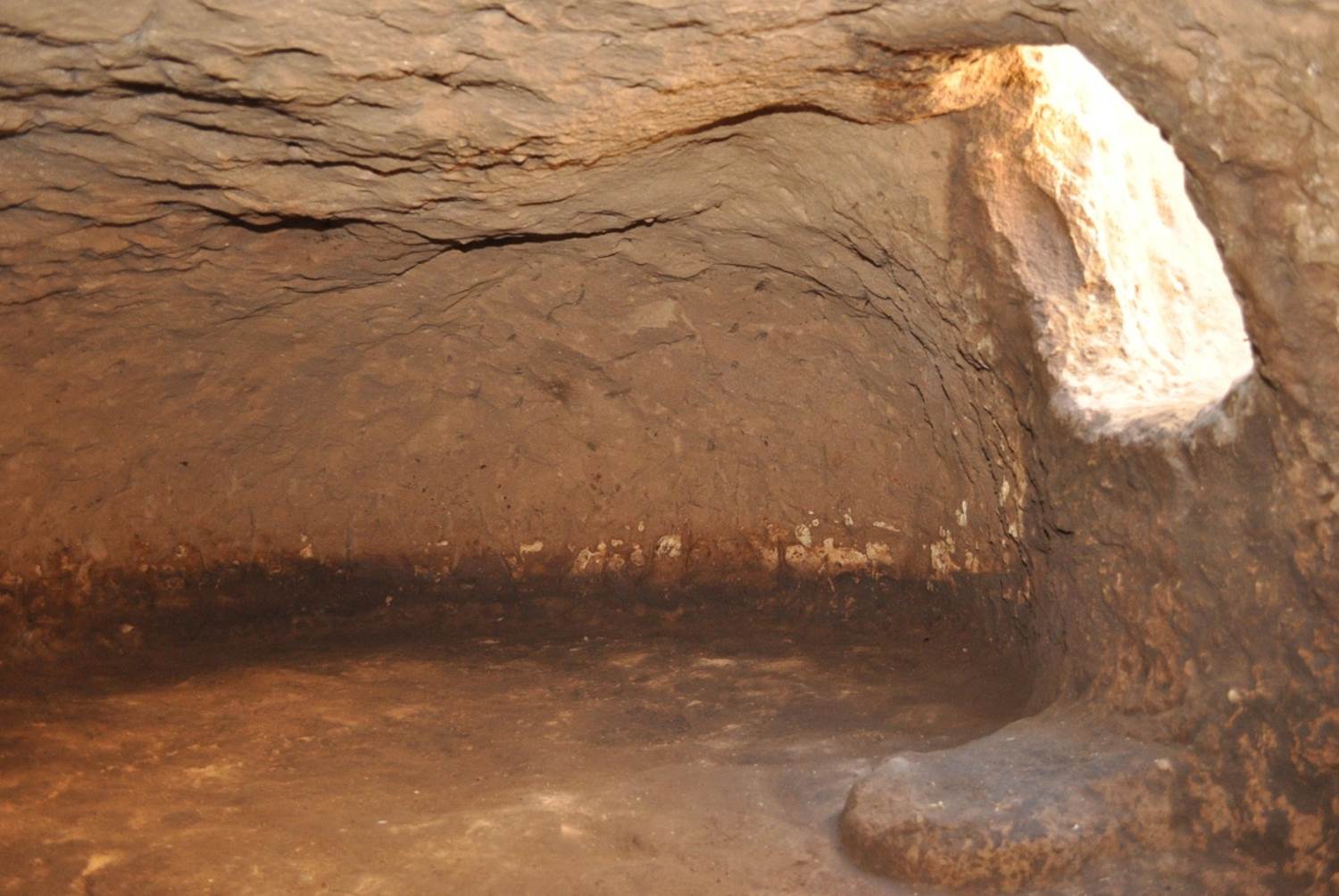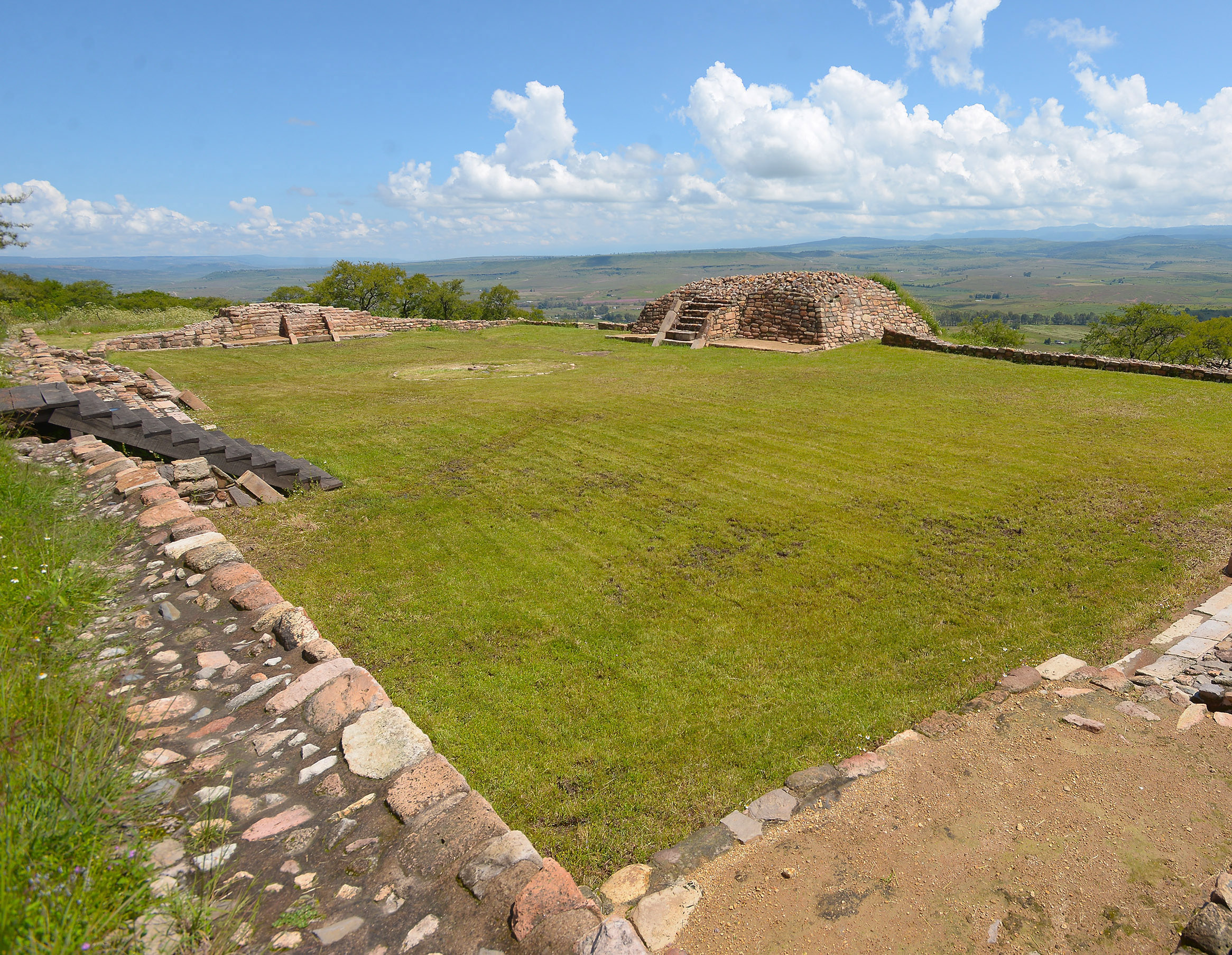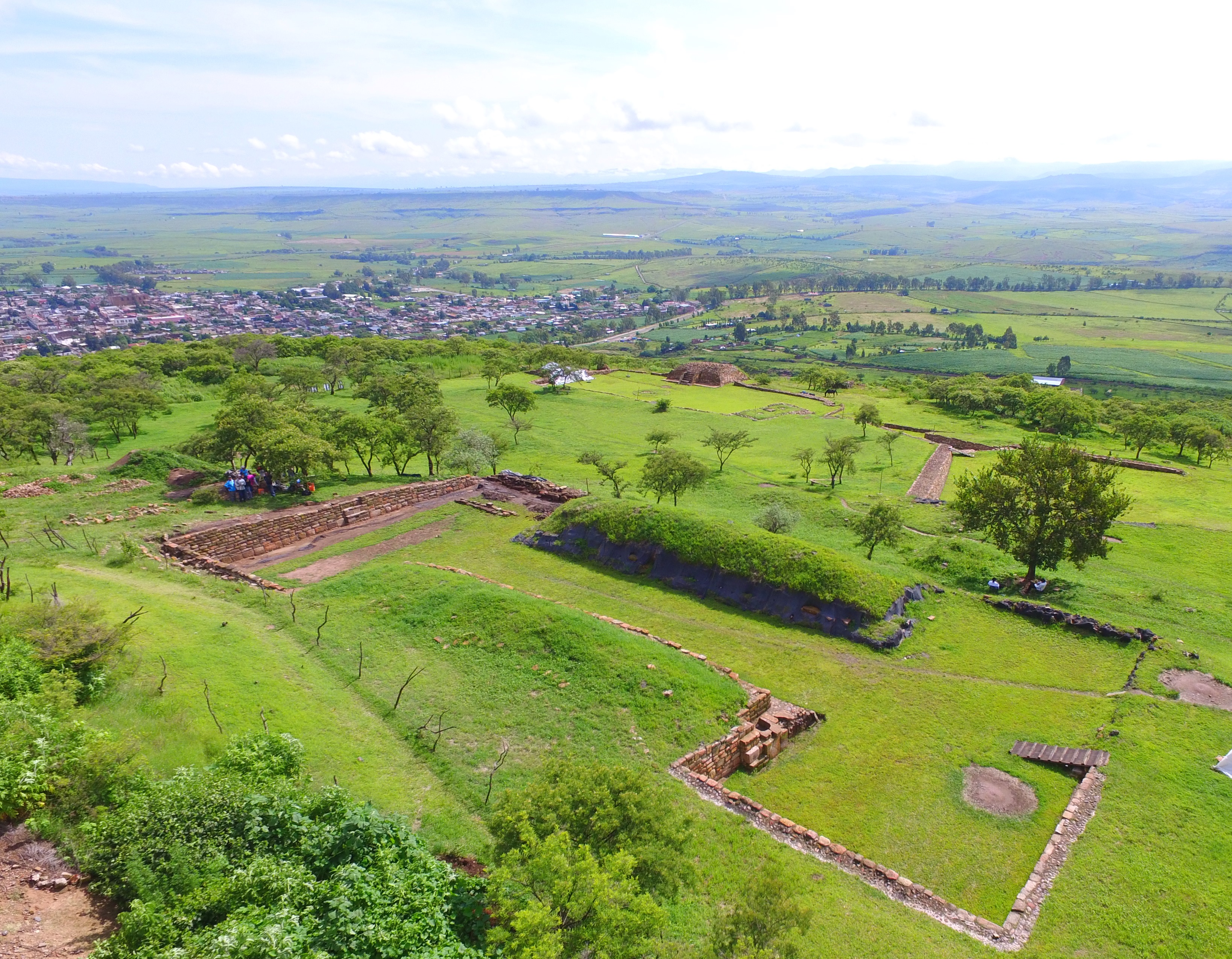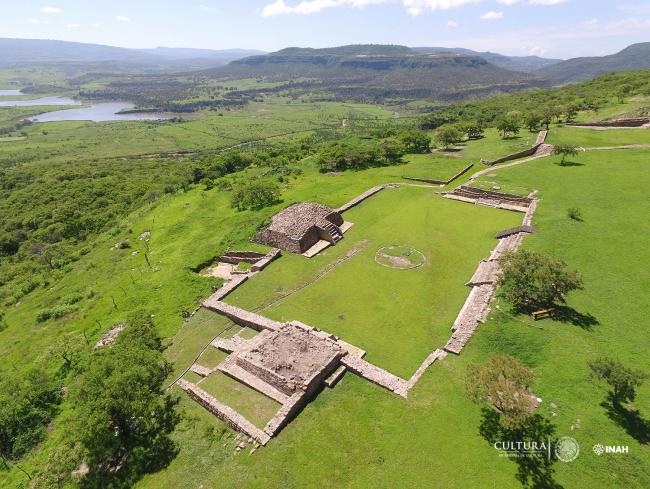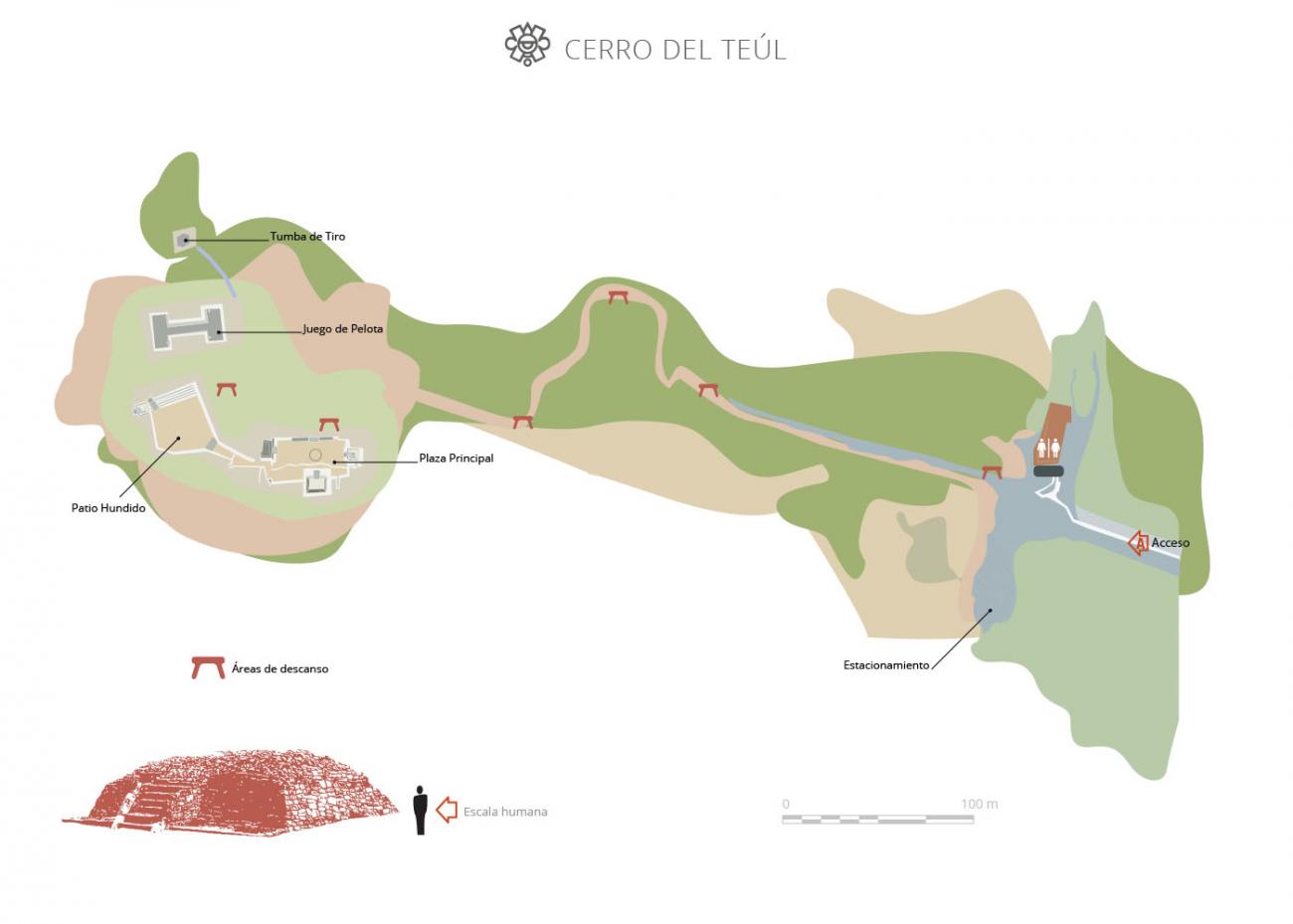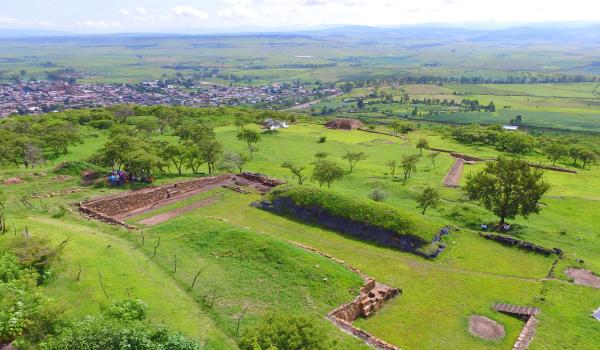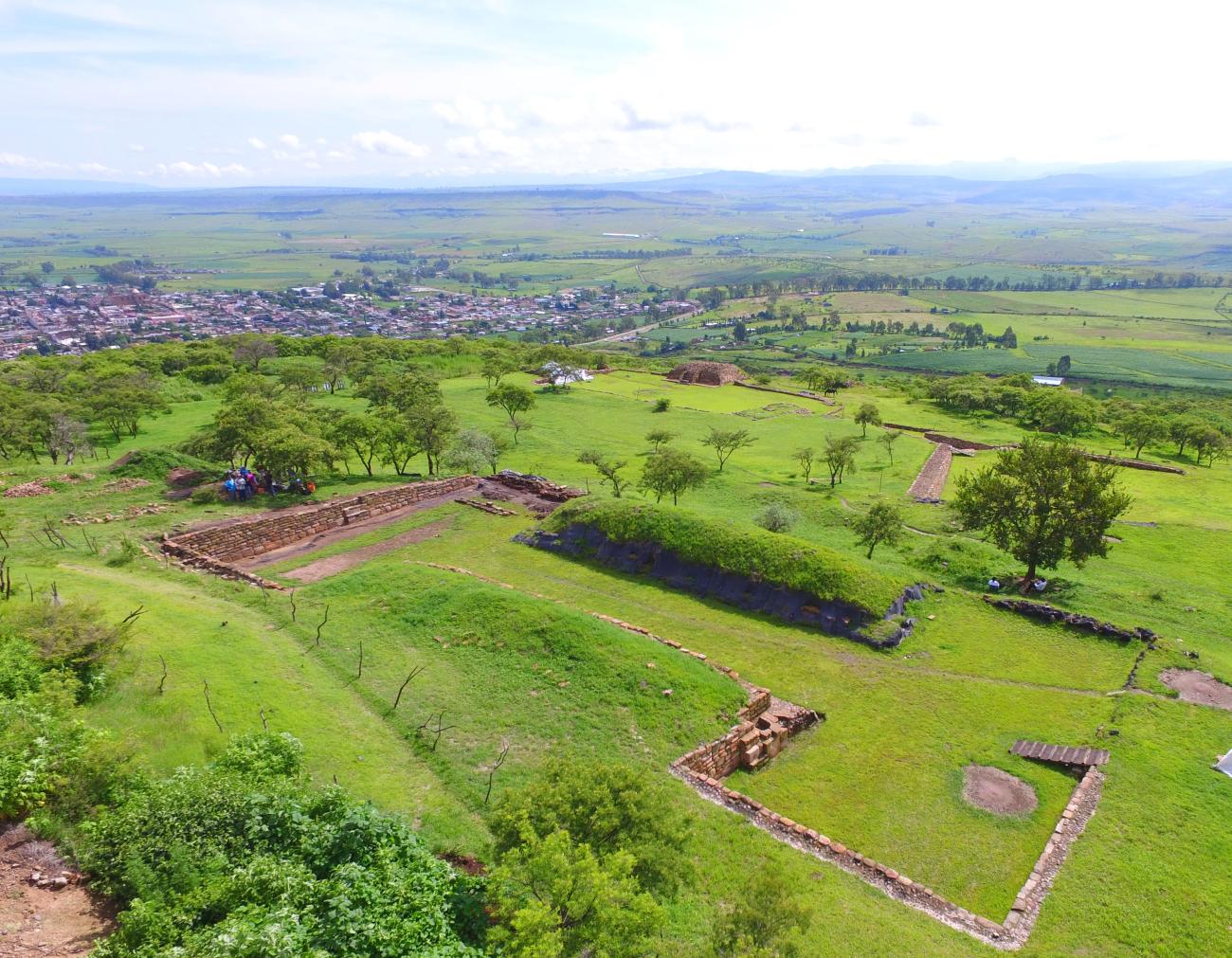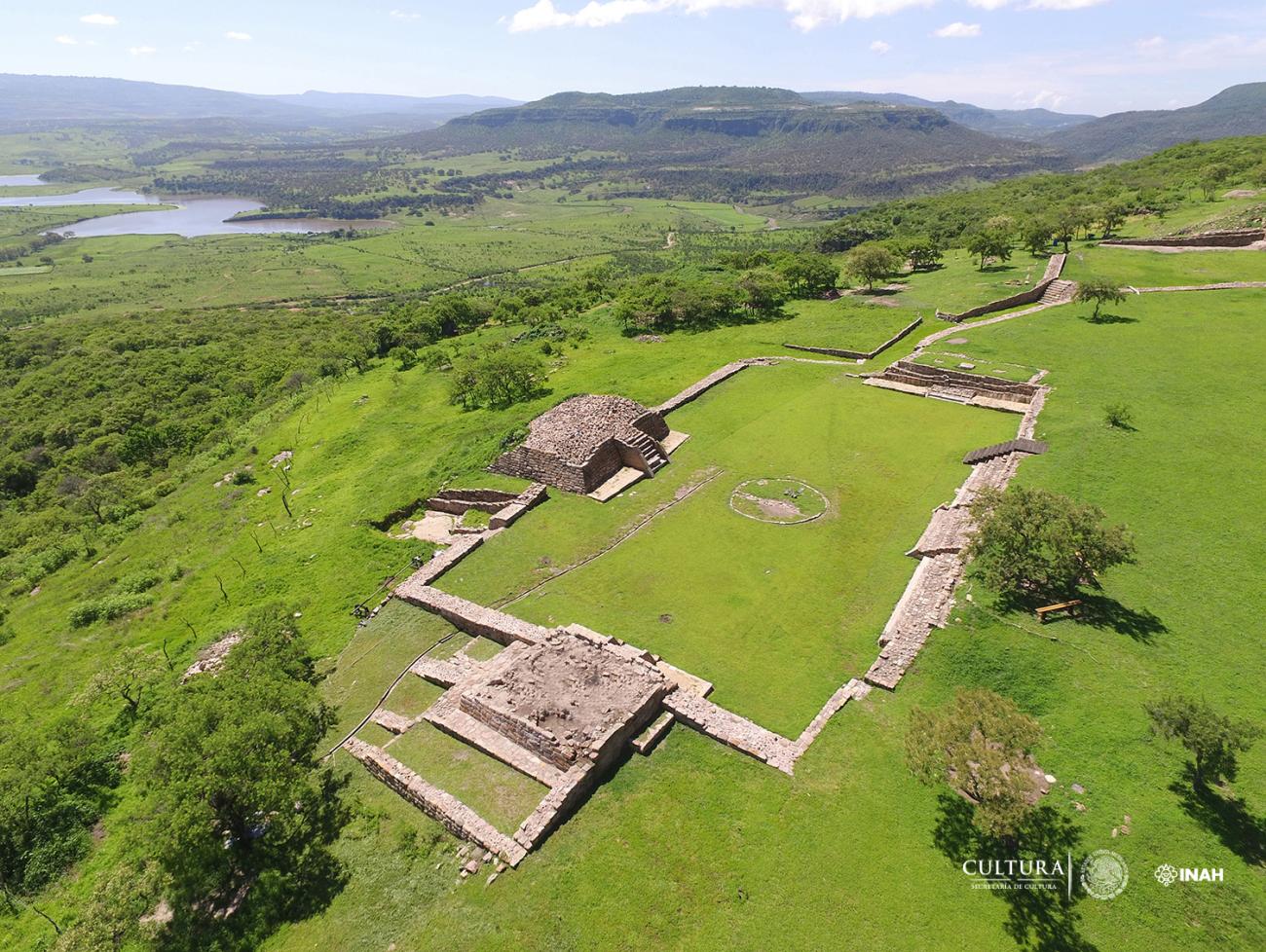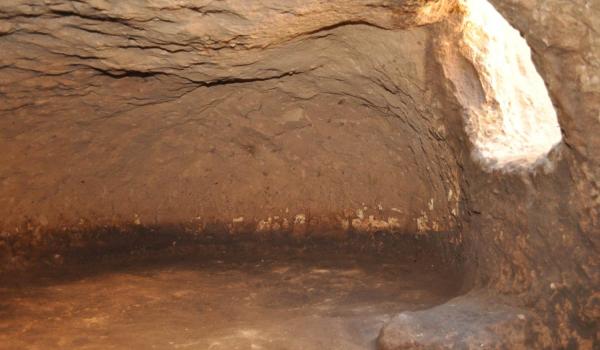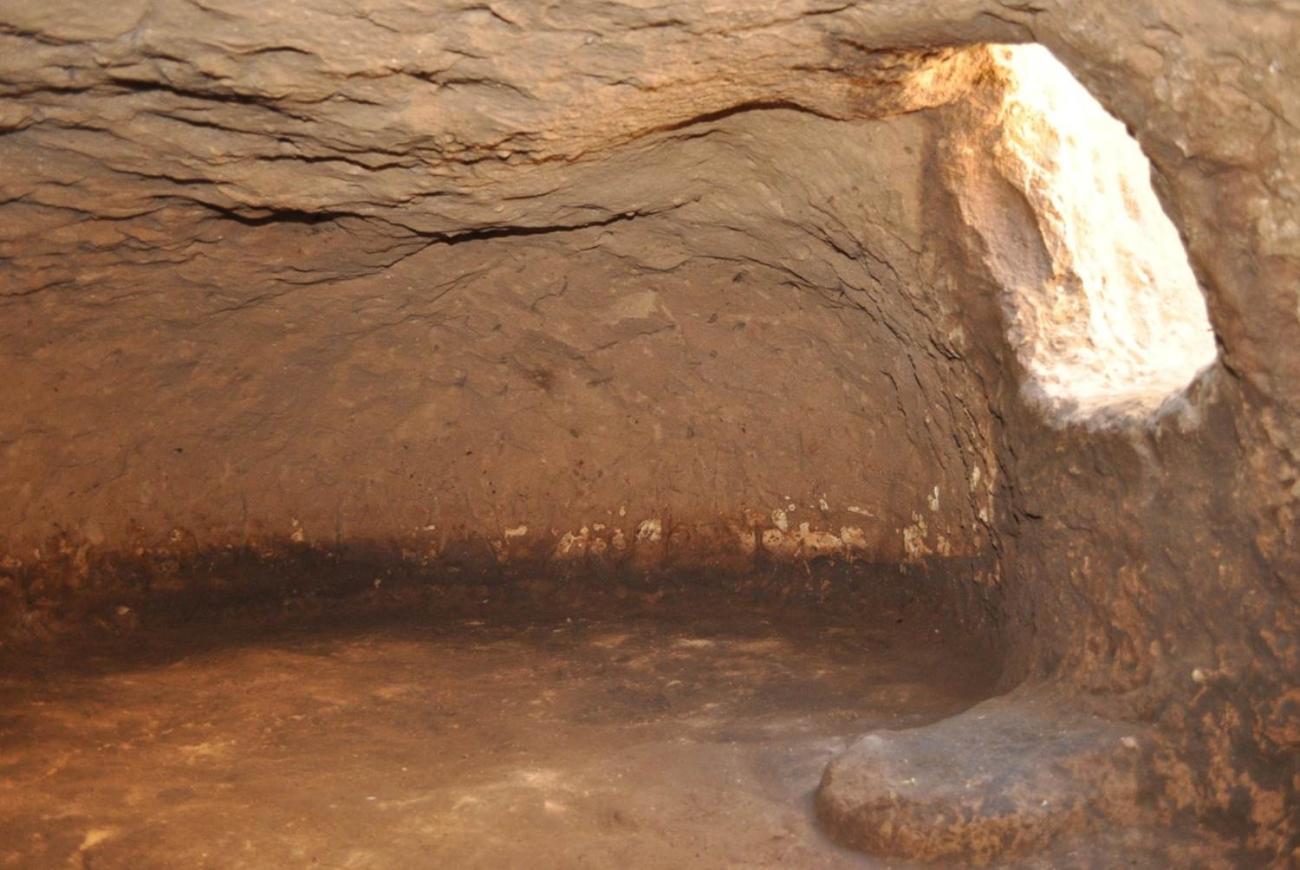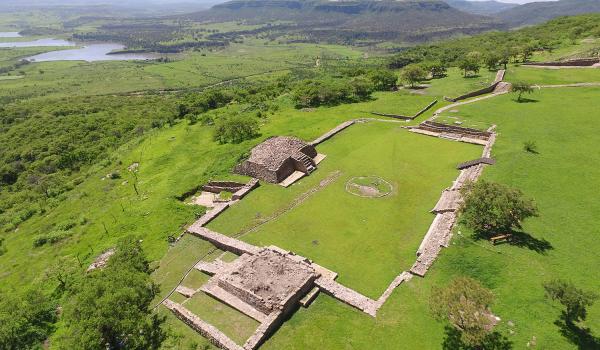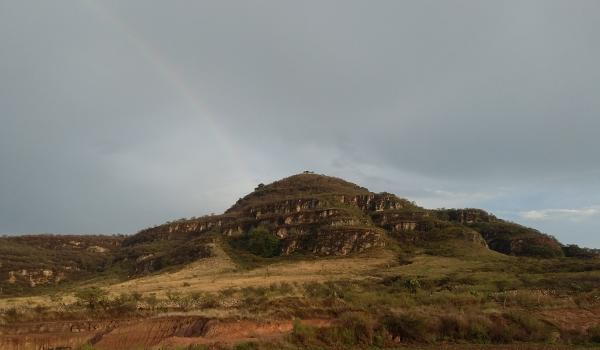The valley of Tlaltenango, nestling in the foothills of the Sierra Madre Occidental, was the site of longstanding human settlement in pre-Hispanic times. One of the principal ceremonial centers of the south of Zacatecas was built on the Cerro del Teúl, at the southern end of the valley. The region is culturally and geographically an extension of the Occidente mountain range, which is why the site shares many material culture traits with the societies that developed in the present-day states of Jalisco and Nayarit
The Cerro was formed through volcanic action millions of years ago, and was subsequently shaped by the movement of tectonic plates and erosion processes. Its peculiar profile, as well as the presence of springs on the middle plateau, favored the construction of architectural spaces for ritual use and public events, where the ancient inhabitants of Teúl celebrated mythical events and worshiped their gods.
Excavations of the Cerro del Teúl have confirmed that the first period of settlement in the state of Zacatecas took place approximately 1,000 years ago, at the dawn of the modern period. The inhabitants of Teúl at that time were farmers and they employed the shaft tomb funerary practice. Some of these underground tombs located near the ceremonial center have unfortunately been looted. Nevertheless, the material left behind by these sacrilegious acts has provided information on the articles used as offerings, most notably elaborate ornaments made from shell, slate and green-blue stones, as well as clay pots and sculptures. These objects reflect the existence of long-distance trade networks from the earliest times, and the adoption of beliefs founded on the fertility of the earth and the idea of the underworld.
The first ceremonial center on the northeastern edge of the Cerro was laid out around the seventh century AD. A few centuries later there was an episode of collective renewal, after which a few originally isolated buildings were incorporated into a circuit connecting the different architectural complexes to each other. These modifications are representative of the site’s peak period, between the tenth and thirteenth centuries AD.
When Nuño de Guzmán’s army arrived in the region on its campaign of conquest, they found the Cerro del Teúl ceremonial center in full operation as a site of worship. As a result of the invasion the ancient settlement was burnt, destroyed and abandoned, such that the period of pre-Hispanic occupation lasted from the early centuries AD to the sixteenth century.



